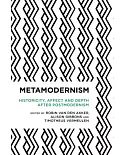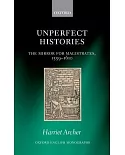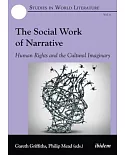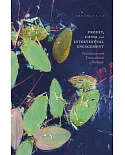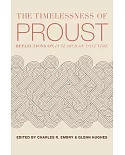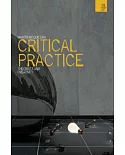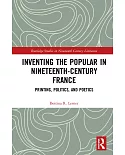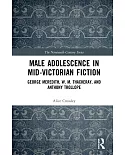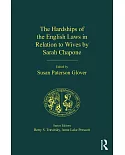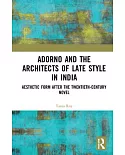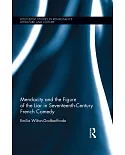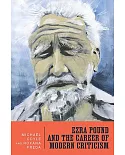Sixteen papers explore the cultural meanings invested in and expressed through the character Dracula and Dracula-like figures and, to a lesser extent, other vampire narratives. They have been
organized into sections on tackling race, gender, and modes of narration in America; working through change and xenophobia in Europe; and imperialism, hybridity, and cross-cultural
fertilization in Asia. Examples of specific topics include gender narratives in Bram Stoker's Dracula (1992) and the 1897 novel, the Borg as vampire in Star Trek, the anti-Slavic premise of the
1897 novel, Count Dracula and the transnational counter culture in Dracula A.D. 1972 (1972), Nosferatu the Vampyre (1979) as a legacy of romanticism, modernity as crisis and vampires in Hong
Kong cinema, and hybridity and the "CyberZen Goth(ic)" in Vampire Hunter D (1985). Annotation 穢2009 Book News, Inc., Portland, OR (booknews.com)


